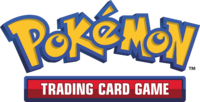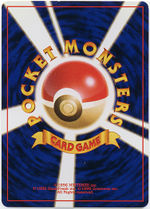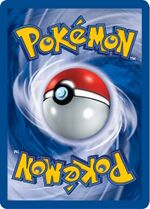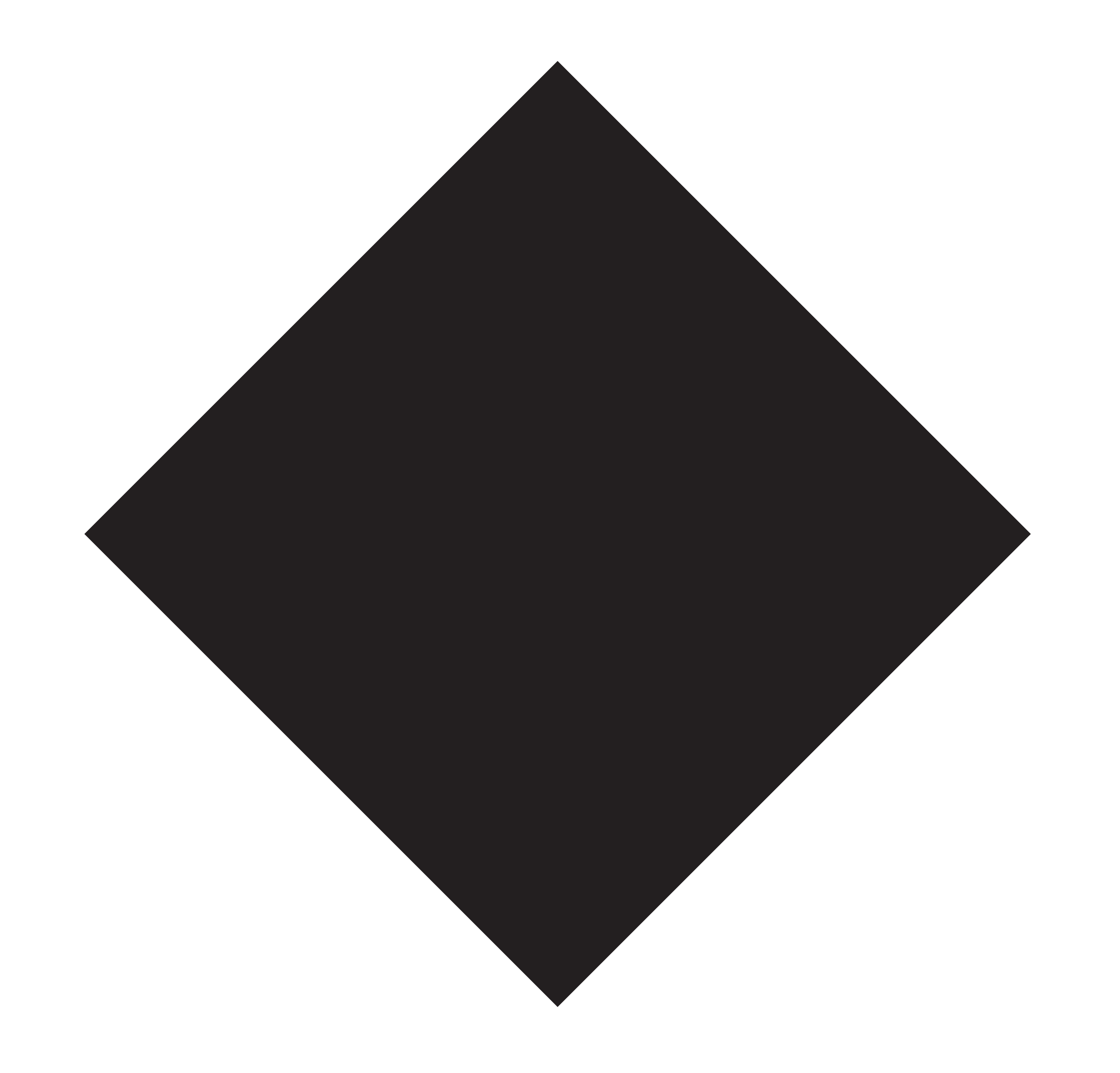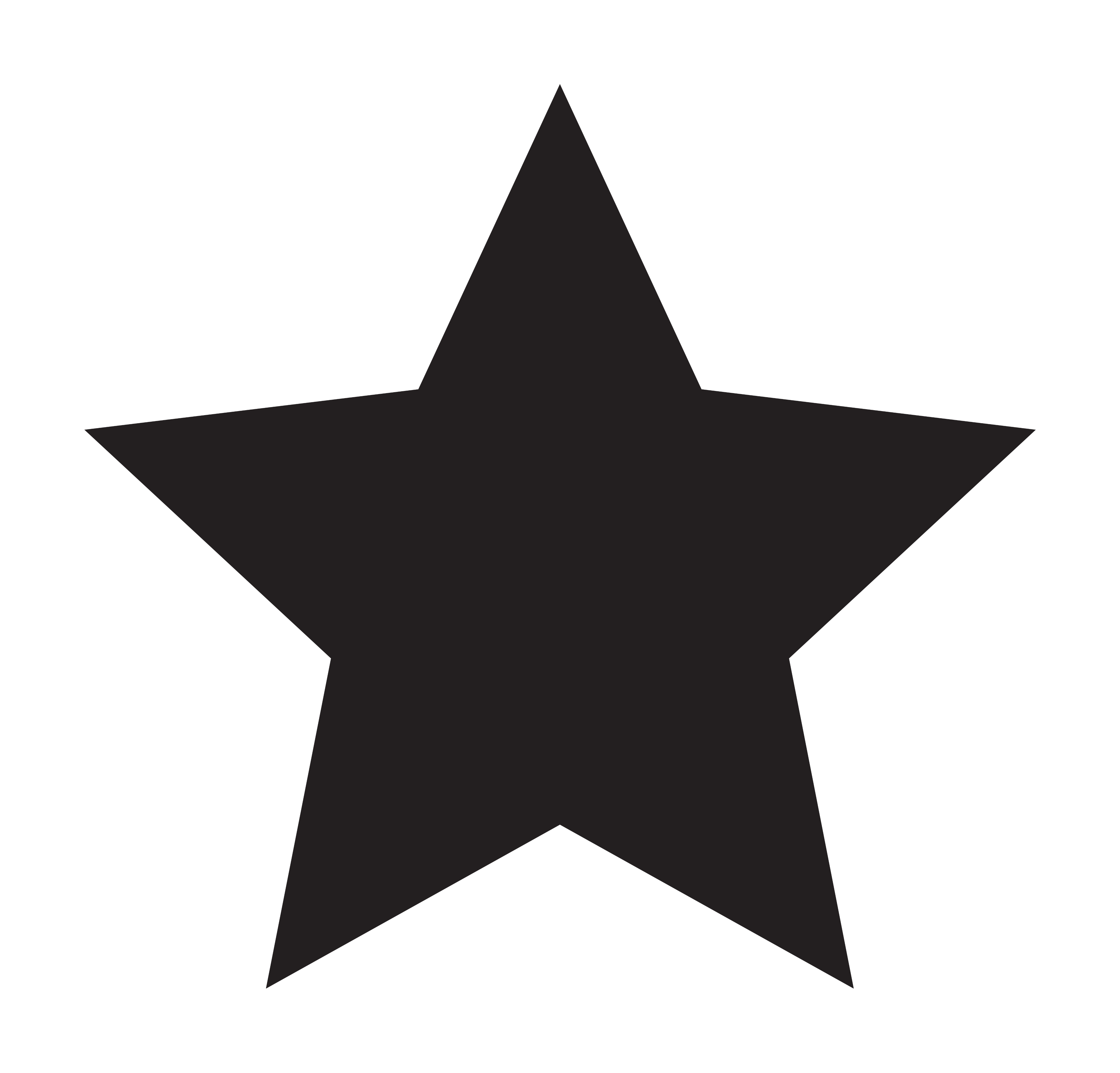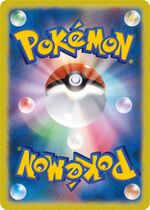Pokémon Trading Card Game: Difference between revisions
Marlofkark (talk | contribs) |
Tiddlywinks (talk | contribs) m (→How to play: Don't mix punctuation like that.../there is an explicit numbered list format) |
||
| Line 28: | Line 28: | ||
===Turns=== | ===Turns=== | ||
A player’s turn consists of the following: | A player’s turn consists of the following: | ||
# First, draw a card from the top of that player's deck; | |||
# Attach one {{TCG|Energy card}} to one of that player’s Pokémon in play (either {{DL|Glossary (TCG)|Active Pokémon|Active}} or {{DL|Glossary (TCG)|Bench|Bench Pokémon}}); | |||
# Play {{TCG|Pokémon|Basic Pokémon}} to that player's Bench, | |||
# {{DL|Evolution|In the TCG|Evolve}} any of that Player's Pokémon in play; | |||
# Play any {{TCG|Trainer card|Trainer cards}} in their _Hand_ pertaining to the rules on each Trainer card and then typically placing that Trainer card face up in the player’s "''{{DL|Glossary (TCG)|Discard Pile}}''", which is locked on the right side of the player's field just below their deck; | |||
# Use any {{DL|Glossary (TCG)|Ability|Abilities}} or {{DL|Glossary (TCG)|Pokémon power|Pokémon powers}} from that appear on the player's Active or Bench Pokémon, and | |||
# Finally, {{TCG|Attack|attack}} if the player has the appropriate {{TCG|Energy card|Energy card(s)}} attached on that player's {{DL|Glossary (TCG)|Active Pokémon}}. Attacking '''always ends''' that player’s turn. The first player to have a turn is not allowed to attack, but all other actions are allowed as described above. | |||
Other than the first and last actions, players may perform any action in any order. Players alternate turns until one player wins the game. | Other than the first and last actions, players may perform any action in any order. Players alternate turns until one player wins the game. | ||
| Line 42: | Line 42: | ||
===Winning a match=== | ===Winning a match=== | ||
To win a match, players must: | To win a match, players must: | ||
# Take their six [[Glossary (TCG)#Prize Card|prize cards]] by ''{{DL|Glossary (TCG)|Knock Out|knocking out}}'' their opponent's Pokémon by using {{TCG|Attack|attacks}} to reduce the opponent's [[Glossary (TCG)#Hit Points|HP to zero]]. | |||
# Players may also win when their opponent ''runs out of Pokémon'' on the field of play, which includes their [[Glossary (TCG)#Active Pokémon|Active Pokémon]] and [[Glossary (TCG)#Bench|Bench Pokémon]], or | |||
# If their opponent ''cannot draw a card'' from their [[Deck]] at the beginning of their turn. | |||
==Card types== | ==Card types== | ||
Revision as of 17:34, 20 September 2014
- This article is about the Trading Card Game itself. For the Game Boy game related to this game, see Pokémon Trading Card Game (game).
The Pokémon Trading Card Game (Japanese: ポケモンカードゲーム, Pokémon Card Game), often abbreviated as Pokémon TCG, is a tabletop game that involves collecting, trading and playing with Pokémon-themed playing cards. It has its own set of rules and uses many motifs derived from the video games. There are cards for every species of Pokémon, as well as cards featuring characters, items and other themes of the franchise, each with a different use. The artwork for the cards is provided by numerous artists.
The Pokémon TCG is a popular and steady aspect of the Pokémon franchise and is played and enjoyed by many fans. Nearly 15 billion Pokémon Trading Card Game cards have been produced worldwide. The game is part of the Play! Pokémon organized play along with the video game series and is also used in the Pokémon Trading Card Game Online.
History
The Pokémon Trading Card Game was originally published in Japan in 1996 by Media Factory. While other Pokémon card series existed in the past, this was the first card game based on the Pokémon series. The first Pokémon TCG sets took inspiration from the then released Pokémon Red, Green, and Blue video games and initially featured illustrations by Ken Sugimori, Mitsuhiro Arita and Keiji Kinebuchi. Soon new expansions began to release with many new artists contributing artwork. Three years later, in 1999, Pokémon TCG was introduced in North America by Wizards of the Coast with the Base Set, and worldwide soon after. In 2003, Wizards of the Coast's license was transferred to the The Pokémon Company by Nintendo.
New features constantly appear in the Pokémon TCG. With the release of Pokémon Gold and Silver, the Neo Series, a new Series of expansions, started bringing the new Pokémon into play.Two new types of Pokémon cards were also introduced, along with Light Pokémon and Dark Pokémon. These were eventually discontinued to prevent confusion with the Darkness type, but returned in with the release of Neo Destiny. The e-Card Series used Game Boy Advance add-on e-Reader to display Pokédex data about the Pokémon, play a minigame, play various tunes in a Melody Box, or activate a special attack for that Pokémon. The EX Series was released next, introducing Pokémon-ex into the game. The Diamond & Pearl Series brought Pokémon LV.X, which were stronger, "Leveled-up" versions of final evolutions. Pokémon LV.X essentially replaced Pokémon-ex and continued until Platinum: Arceus. The HeartGold & SoulSilver Series featured two more types of card, Pokémon LEGEND, two-part cards with one Pokémon on each card, and Pokémon Prime, Pokémon with powerful and/or tactical attacks and Poké-Powers or Poké-Bodys. With the release of Black & White, Pokémon Powers (Poké-BODY and Poké-POWER) were combined into one mechanic and renamed Abilities. Pokémon-ex returned as Pokémon-EX in the Black & White Series starting with the Next Destinies expansion. M-Pokémon-EX were introduced in XY expansion and introduce the Mega Evolution mechanic featured in Pokémon X and Y to the TCG.
With the release of the EX Series worldwide, Pokémon TCG started publishing under Nintendo, instead of Wizards of the Coast. Several years later The Pokémon Company replaced Media Factory in distributing the cards in Japan starting with the Diamond & Pearl Series.
Two Game Boy Color video games based on the card game were created; Pokémon Trading Card Game was released in 1998 and worldwide in 2000, and its sequel, Pokémon Card GB2: Here Comes Team GR!, was released three years later. Pokémon Card Game: How to Play DS was released in Japan in 2011 and taught players how to play the Pokémon Trading Card Game. In 2011, the Pokémon Trading Card Game Online was introduced as a browser-based game but later became a downloadable game for PC and Mac. Other media related to Pokémon TCG include several manga titles, such as the series How I Became a Pokémon Card.
How to play
- Main article: Glossary (TCG)
The Pokémon Trading Card Game is a two player game for all ages. Each player builds a Deck of sixty (60) cards using a combination of various "Pokémon" cards (the main type of cards, used to battle), "Trainer" cards (cards with special effects), and "Energy" cards (cards that are required to perform most "attacks"). New cards and decks are constantly being released, and players may purchase "Booster packs" to integrate these cards into their own decks or purchase pre-made "_Trainer kits_", such as the XY Trainer Kit, or "Theme decks" that already have all the cards needed to play. The Pokémon Trading Card Game officially requires a deck of 60 cards for Standard or Expanded play, though shorter _matches_ can be held with "Half-decks" consisting of 30 cards instead. During a 60 card match, only four of any one card, excluding Basic Energy cards, are allowed in each deck. This is further limited to two of any one card in a half-deck match. Many fans have also created their own game rules and playing methods and have websites devoted to providing alternative playing methods. These rules and methods are not allowed in Play! Pokémon competitions.
Who goes first?
A game of the Pokémon Trading Card Game is called a "_Match_". To begin a match, players need a Coin or a six-sided die (where the even number sides represent Heads and the odd number sides represent Tails). One player calls heads or tails, while the other player flips the coin or rolls the die. If the player calling the coin flip gets his choice (heads or tales), that player gets to choose which player goes first. If the player calling the coin flip does not get his choice, the player flipping the coin gets to choose which player goes first. The player who goes first is not allowed to Attack on his or her first turn.
Setup
After determining which player goes first, both players place their _shuffled_ deck face down on the upper right side of their respective half of the player area or "_Field_". The field is roughly split in half with each player utilizing the half closest to them. The players then each take seven cards from the top of their respective decks. These cards go into their _"Hand"_. Players then place one Basic Pokémon from their hand face down in front of them toward the upper center of their half of the field as their "Active Pokémon". If they have more than one Basic Pokémon, they may place the rest face down directly in from of them in their "Bench". No more than five Pokémon may occupy a given player’s Bench at the same time. Evolved Pokémon count as only one Pokémon when in play on the field. If a player does not have any Basic Pokémon in their hand during setup, they must reshuffle all the cards in their hand back into their deck, and then draw seven more cards. Repeat this process until each player can play a Basic Pokémon as their Active Pokémon. If a player has to reshuffle to get a Basic Pokémon into play, that player’s opponent gets to take an extra card from the top of their deck and put it into their hand (one card per each reshuffle required). Next, each player sets aside six cards from the top of their deck face down to the left side of their half of the field. These six cards are their "Prize cards". Finally, each player reveals (or flips over) their Active and Bench Pokémon.
Turns
A player’s turn consists of the following:
- First, draw a card from the top of that player's deck;
- Attach one Energy card to one of that player’s Pokémon in play (either Active or Bench Pokémon);
- Play Basic Pokémon to that player's Bench,
- Evolve any of that Player's Pokémon in play;
- Play any Trainer cards in their _Hand_ pertaining to the rules on each Trainer card and then typically placing that Trainer card face up in the player’s "Discard Pile", which is locked on the right side of the player's field just below their deck;
- Use any Abilities or Pokémon powers from that appear on the player's Active or Bench Pokémon, and
- Finally, attack if the player has the appropriate Energy card(s) attached on that player's Active Pokémon. Attacking always ends that player’s turn. The first player to have a turn is not allowed to attack, but all other actions are allowed as described above.
Other than the first and last actions, players may perform any action in any order. Players alternate turns until one player wins the game.
Damage
Pokémon attacks typically cause Damage or apply a Special condition. Special conditions have their own unique rules. Damage to all Pokémon in play is tracked with Damage Counters or dice. When the damage to a given Pokémon equals or exceeds that Pokémon’s Hit Points, it is "Knocked Out" and placed face up in the player’s Discard Pile along with any other cards that were attached to it (such as Energy cards). When an Active Pokémon is knocked out, the player's whose Pokémon was knocked out replaces the Active Pokémon with one of that player's Bench Pokémon. At the same time, the player who knocked out their opponents Pokémon gets to take any one of their remaining face down Prize cards and put that prize card into their hand.
Winning a match
To win a match, players must:
- Take their six prize cards by knocking out their opponent's Pokémon by using attacks to reduce the opponent's HP to zero.
- Players may also win when their opponent runs out of Pokémon on the field of play, which includes their Active Pokémon and Bench Pokémon, or
- If their opponent cannot draw a card from their Deck at the beginning of their turn.
Card types
- Main article: Card types
Pokémon card |
Trainer cards
|
Energy cards
Miscellaneous card informationOn the bottom right corner of most cards, there is a small logo that indicates its rarity. No symbol usually denotes a card that is part of a promotional set or a Basic Energy card. |
Wizards of the Coast sets
Generation IOriginal Series |
Generation IINeo SeriesLegendary Collection Seriese-Card Series |
Promotional seriesUnreleased sets |
Nintendo sets
Japanese sets
Exclusive sets |
Exclusive decks
|
Promotional series |
See also
- Play! Pokémon Pokémon Organized Play
- Glossary of TCG terms
- Category:Pokémon Trading Card Game for a categorized list of all articles related to the TCG
- Pokémon Trading Card Game Online
On Bulbagarden forums
External links
- Pokémon.com Official English TCG Website
- Pokemontcg.com/forums/ Official English TCG Forums
- Pokémon-Card.com Official Japanese TCG Website (Japanese)
- The PokéGym
- PokéBeach
- Pokémon Marriland

|
This article is part of Project TCG, a Bulbapedia project that aims to report on every aspect of the Pokémon Trading Card Game. |
